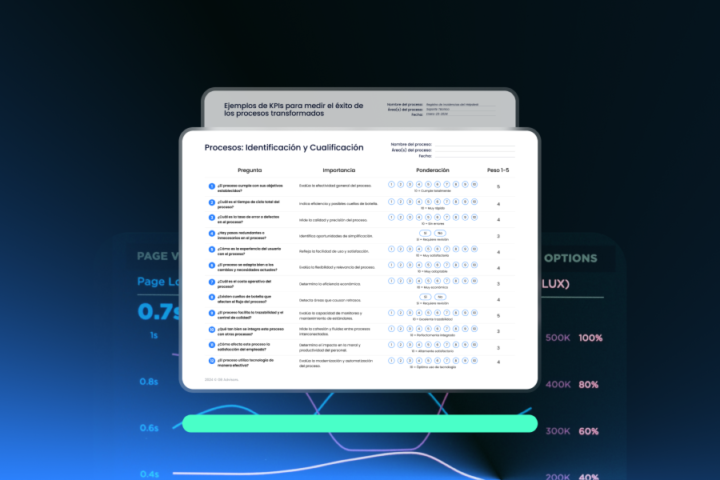Every day our networks and devices are exposed to risks and cybersecurity perpetrated by cybercriminals.
In this sense, Hackers and similar fauna exploit vulnerabilities in our systems to take control of our sensitive data.
And how do they do it?
Attack vectors in cybersecurity are the answer.
The term itself is a loan word from the military jargon.
In this sense, it literally refers to a hole or failure in the line of defense.

Such flaws can be double agents.
In consequence, an overlapped vulnerability in the means of transmission of an ultra-secret message; etc.
Similarly, the attack vectors in cybersecurity (computer) are the means granting access to hackers to a computer.
Also, a device; or a computer network to transmit malicious codes with the express purpose of obtaining some benefits in return.
In this regard, attack vectors in cybersecurity exploit vulnerabilities in users – primarily through the use of social engineering from any device that contains data access to all your accounts.
Therefore, hackers do not rest in their search for new attack vectors in cybersecurity.
In consequence.
It’s necessary to constantly review and update our lines of defense to prevent their intrusion into our digital environments.
How hackers exploit the vectors in cybersecurity?
Their methodology goes like this:
- Analysis and inspection of the potential target
To this end, hackers employ sniffing, emails, malware, or social engineering.
- Encoding
Following, they select the best choice to invade our networks.
In other words, they proceed to encode and align the best tools to exploit the vulnerability.
- Installation
Third, they break our security and plant malicious software.
- Exploiting
For instance, once they have breached our systems.
Likewise, they proceed to exploit the collected information (sensitive data) to obtain the intended benefits.
Now, let’s give a look at the different attack vectors in cybersecurity attacks that expose us to potential vulnerabilities.
Cybersecurity attack vectors: Hosts

These are attacks that go straight to our devices or hosts in general. We’ll mention only some of the best known.
- Malware: Includes all programs that introduce malicious codes (viruses, worms, Trojans) on our computers, causing multiple and invaluable damages.
- Keyloggers: Employs programs to collect everything that the user types via keyboard. They can even take screenshots.
- Social engineering: Obtaining confidential information from a person or organization to use it for malicious purposes. The most striking examples are phishing and spam.
-
- Phishing: This consists of deceiving the users to obtain their confidential information by spoofing the identity of a body or Internet website.
- Spam: Unsolicited messages, commonly in the shape of ads, sent in a massive and repetitive manner. Email is the most used means for such attacks, but also instant messaging programs; and even unsolicited calls via cell phone.
-
Attack vectors: Network
In this context.
Computer networks are the favorite means of many hackers to steal information to sell to the highest bidder white…
or cause sabotage aimed at slowing down the network’s traffic.
Thus, they can be active and passive attacks.
So, active attacks occur when an intruder manages to install malicious codes aimed to sabotage the good performance of networks and computers.
On the other hand.
The passive attack occurs when an attacker gets into a network and intercepts data exchange on the network.
Attack vectors: Active attacks
- Spoofing: Addresses the use of techniques for identity theft.
- Modification: Consists in modifying the routing table so that the sender sends messages through longer paths causing major delays.
- DDoS: Attack of Denial of Service (DDoS) is to keep busy consuming network bandwidth with constant messages that disrupt normal service delivery.
- Fabrication: False routing message generated to prevent information of reaching its destination.
Attack vectors in cybersecurity: Passive attacks
- Sniffing or traffic analysis: An attacker detects the communication path between sender and receiver. Following, find the amount of data moving between sender and receiver. There are no changes in the data.
- Eavesdropping: Occurs in the ad-hoc mobile network. The main objective of this attack is to find out secret or confidential information by intercepting the means of communication.
- Supervision: Attack where hackers can read confidential data, but cannot edit it.
What should we do to debug our networks from attack vectors?

Of course, this is the next logical question we must answer.
Here we give you some advice to shield your networks and remove any attack vectors:
- Keep your networks and servers free of redundant software.
- Update and apply every security patch you find. These solutions correct
vulnerabilities discovered over time.
- Train the final users of your networks and services on what good practices mean regarding digital security. Make campaigns and regular talks on this subject.
- Use firewalls. This additional tool monitors and controls traffic between private and public networks.
- Make periodic backups of your sensitive data, so you can always recover the
information in zero-day events, failures, or system attacks. - Keep an eye on the latest trends in digital security through specialized magazines or technology websites.
- Use constantly updated antivirus.
Our proposal is helping you to adopt the best options to enhance your digital security.
To do this, we offer you the most reliable and powerful tools with global prestige to get the protection you need.
So you count on the best defenses against attack vectors in cybersecurity.
If you want to know how GB Advisors can guide you on how to optimize your business capabilities, you can contact us.



